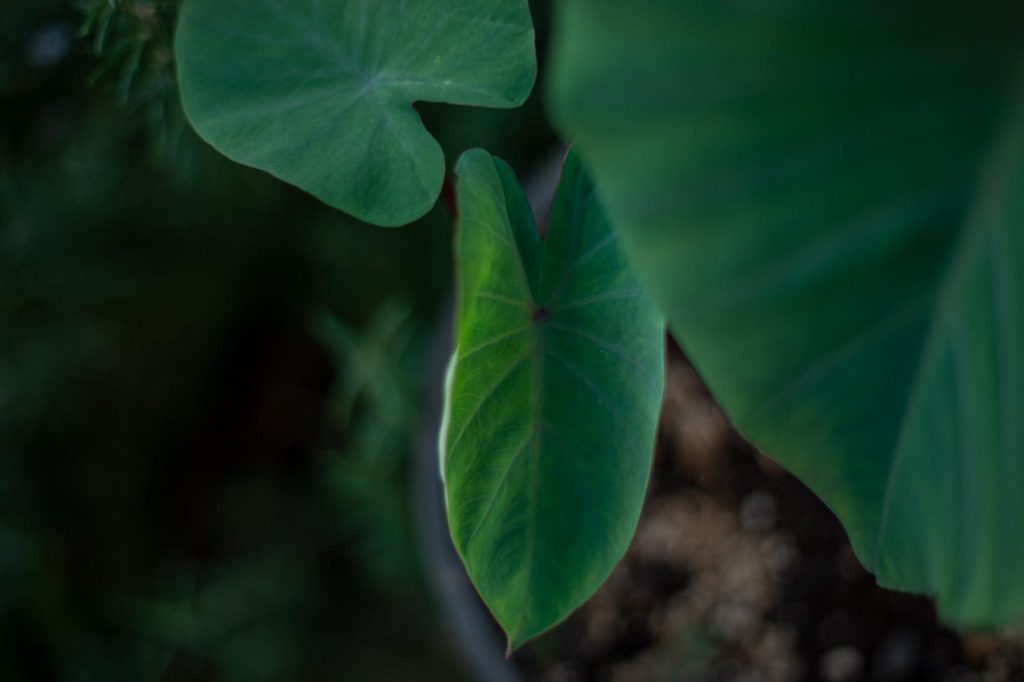No products in the cart.: $0.00
Caring For Your Potted Kalo Plant

The Kalo plant is as resilient as the Hawaiian people — a true icon of sovereignty, sustainability, and food security. Considered to be the world’s oldest cultivated crop, this native plant to Hawai’i is also sacred and has Hawaiian ancestral ties.
With water and little attention, your Kalo plant will thrive where there is sunlight. We put together a few basic tips to help you care for the potted Kalo plant you received as a gift.
1. FINDING A LOCATION.
You don’t need much space to grow Kalo; you can grow it in your backyard, on the lanai or in a large pot/bucket. Look for a comfortable cool spot that has ventilation and receives sunlight. Your Kalo will continue to expand into her vessel until transplanting or moving into the ground.
2. WATERING.
Kalo thrives in moist soil, but be mindful not to over water. The soil should be damp, not over-saturated. Potted Kalo plants in ceramic vessels retain water longer than plastic vessels or when it's in the ground. Feed it water every day or every other day (depending on the feel of the soil). In the winter (aka the rainy season in Hawai’i), you may not have to water as much.
3. PRUNE WHEN NEEDED.
The lau (leaves) will naturally die off or get damaged. When this happens prune dead or damaged leaves as necessary, cutting them close to the base. Pruning will help with the growth and health of the plant.
4. ROTATE IT.
Plants grow towards the light. It's important to rotate your potted Kalo plant every few days to distribute the sunlight evenly around the entire plant body.
5. BUGS ARE A PART OF THE ECOSYSTEM.
A couple of times a week check the Kalo plant for bugs like aphids. These tiny soft-bodied sap-sucking insects come in a variety of colors (white, black, green, etc.) and will multiply fast if untreated and could transmit diseases to the plant, stunt the growth, cause deformation of leaves, etc. To remove them use a damp soft paper towel (or your fingers) to gently wipe them off. Another option is to spray neem oil on the infested areas (make sure to follow the instructions on the container).
6. TRANSPLANT.
Eventually your Kalo will grow out of the vessel you received it in. We recommend transferring it into the ground if can; or into a wider and taller vessel for more room to grow. Use all-purpose gardening soil or organic material with good drainage found at your local gardening store. Fertilize and give it nutrients every six months to ensure optimum health.

Have questions?
If you ever have questions about how to care for your Kalo plant please reach out to us. We want to see you succeed in caring for this sacred plant.
